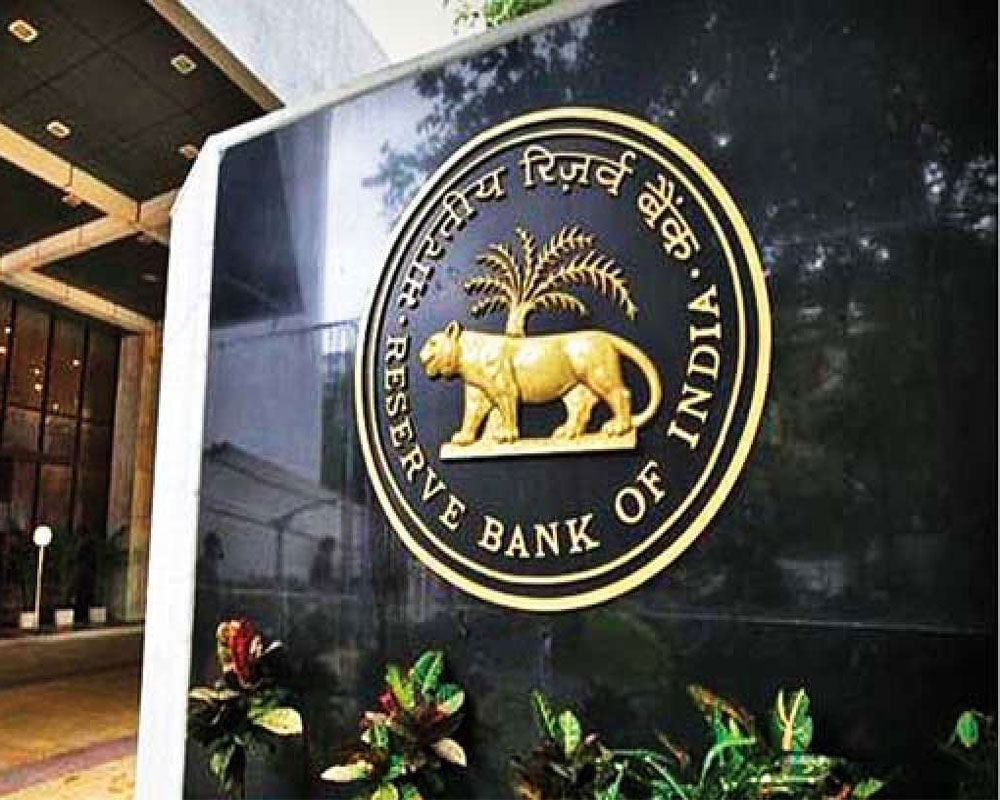Repo rate can only be a signal for banks to reduce or increase their lending rate and it cannot be a benchmark for the same
The latest Economic Surveycontains the following details under Monetary Transmission - Bank Lending and Deposit Rates.
The RBI has reduced repo rate by 250 bps since February 2019 (the current easing cycle). The Weighted Average Lending Rate (WALR) on fresh rupee loans declined by 197 basis points and by 133 bps on outstanding loans during the period February 2019 to November 2021. Large surplus systemic liquidity, forward guidance of continuing with the accommodative stance and the external benchmark system for pricing of loans in select sectors aided monetary transmission.
The transmission has been slightly higher in public sector banks than private sector banks in the overall current monetary easing cycle, though it was higher for private banks in AprilNovember 2021.
The WALR on outstanding rupee loans fell by 135 bps for public sector banks and 123 bps for private banks, while the WALR on fresh rupee loans fell by 210 bps for public sector banks and 177 bps for private sector banks during February 2019- November 2021.
There are some misconceptions in expecting monetary transmission to be in tune with the repo rate mechanism of the Reserve Bank of India. The government and the Reserve Bank of India claim that external bench mark system for pricing aided monetary transmission. First, it is not correct to prescribe external bench mark for lending rates of banks. Any pricing of end product is based on cost of procurement in any industry and banking sector cannot be an exception. Their lending rate can only be based on the cost of the funds (deposits) procured by them. Asking the banks to fix lending rates based on some other rate is totally arbitrary. But surprisingly nobody questions the wisdom of RBI. Next, how can repo rate be a deciding factor for lending by banks?Repo rate is the rate at which the Reserve Bank of India lends money to commercial banks in the event of any shortfall of funds. This is just a temporary (mostly overnight) arrangement for mismatch of funds. This is provided by RBI against securities such as treasury bills or Government bonds. Repo rate is related to ‘repurchase option’ or ‘repurchase agreement’.
As on January 14, 2022, all scheduled banks had a credit portfolio of Rs 118,52,628 crore. On the same day, these banks had deposits from public to the tune of Rs 164,11,405 crore. The banks had a borrowing of Rs 94,732 crorefrom RBI on that day. Hence it is evident that the banks’ lending is out of the deposits mobilized by them from the public and not based on borrowing from the RBI. Out of their lending requirement just 0.79 percent is from borrowing from RBI. Then how the repo rate can be a deciding factor for banks credit?
Repo rate can only be a signal for banks to reduce or increase their lending rate and it cannot be a bench mark for the same. Moreover, when Repo rate is reduced there is no automatic reduction in the deposit rates by banks and banks’ existing fixed deposit accounts will attract contracted interest rate until maturity. Hence there cannot be sudden reduction in the cost of funds for banks and forcing banks to reduce interest rate for borrowers lead to erosion in the net interest margin for banks.
The Economic Survey also reveals how the depositors are short-charged by banks at the instance of RBI. During the period from April 2021 to November 2021, the banks have reduced lending rates (weighted average) for outstanding loans by 19 basis points. They have reduced lending rates (weighted average) for fresh loans by six basis points. However, for term deposits the reduction in weighted average rate was 24 basis points. This shows how banks make the depositors to forego interest rates to help borrowers.
Banks, RBI and the Government are there to favour only the borrowers at the cost of depositors which cannot be in the long-term interest of financial intermediation by banks. As it is bank depositors receive only negative interest when it is adjusted for inflation. With projected fiscal deficit of 6.4 per cent of GDP for the year 2022-23, there may not be any respite from inflation for the bank depositors and with the budget presented without any relief to bank depositors, tough days are ahead for them.
(The writer is a retired banker. The views expressed are personal.)
























